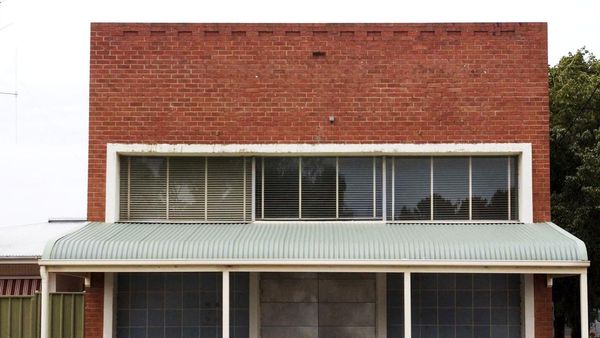The risk of dying is 5 per cent higher in Queensland during a heatwave, a new study has found, however your chances increase if you live in Brisbane, the Sunshine Coast or Gold Coast.
Low-intensity heatwaves are continuing today, with Brisbane to hit 36 degrees Celsius and Ipswich 38C, both well above the March averages.
James Cook University researchers have released new data which reveals how likely you are to die during a heatwave, with some results appearing counterintuitive.
They analysed death records from the Australian Bureau of Statistics and climate data from the Bureau of Meteorology between 2010 and 2019.
The study found that people who live in built-up areas, elders, and those with a low socio-economic background or medical conditions were more at risk of dying during heatwaves.
Furthermore, people living in metropolitan areas had a 7 per cent risk of dying in a "severe" heatwave, two percentage points higher than the state average.
"We call it the urban heat island effect, which happens when you're living in kind of a concrete jungle, that actually exacerbates the heat," researcher Hannah Mason said.
Interestingly, Ms Mason pointed out that the risk of dying in Brisbane reduced during an "extreme heatwave" compared to just "severe" conditions.
"There appears to be some adaptive measures going on, where in a city in an extreme heatwave, people know that they need to stay hydrated and flick on the air-conditioning once we get to those extreme levels of heat," she said.
Whereas during milder conditions, they're still going out to do the gardening, playing soccer, or going for walks, Ms Mason said.
The Department of Environment and Science contributed funding to the study, and researchers will continue to investigate heatwaves' impacts on emergency departments and hospital admissions, to inform the government and health services.
Number of heatwave days has grown
The paper revealed that the number of heatwave days each year across 455 regions in Queensland increased from 9,504 cumulative days in 2010-11 to 31,236 days in 2018-19.
"Over the last 100 years, heatwaves have killed more Australians than all other natural hazards combined," the department said.
"Heatwaves are predicted to become longer, more frequent and to be more intense due to the impacts of climate change."
Ms Mason said preliminary research had shown that ambulance call outs were most common during low-severity heatwaves, however that research is due to be published next month.
"If we've got a hospital system that are already operating at 100 per cent capacity, a 5 per cent increase in deaths causes a lot of extra pressure and stress on our system," Ms Mason said.
The study also showed that the over 65s were 9 per cent more likely to die in a heatwave, so too were people with mental and behavioural conditions, followed by respiratory conditions at 7 per cent.
While people with moderate and high socio-economic disadvantage were also more at risk (5 and 4 per cent), Ms Mason said that data was taken from postcodes rather than individual circumstances.
The study uses the excess heat factors classification for determining heatwaves.
Ms Mason called on governments to improve messaging and access to cool refuges and drinking water, particularly because the less severe heatwaves appear to have the worst consequences.
Ms Mason said heat-health impacts are considered largely preventable.
"Understanding who is at greater risk of mortality is important for local and state authorities to tailor public health messages,” she said.
"There is considerable variability across communities, demographic groups, and medical conditions, and there can be no 'one-size-fits-all' approach.
"To protect these groups, protective measures such as cooling systems, cool refuges, shady green spaces, access to cool drinking water, and social supports must be in place."







